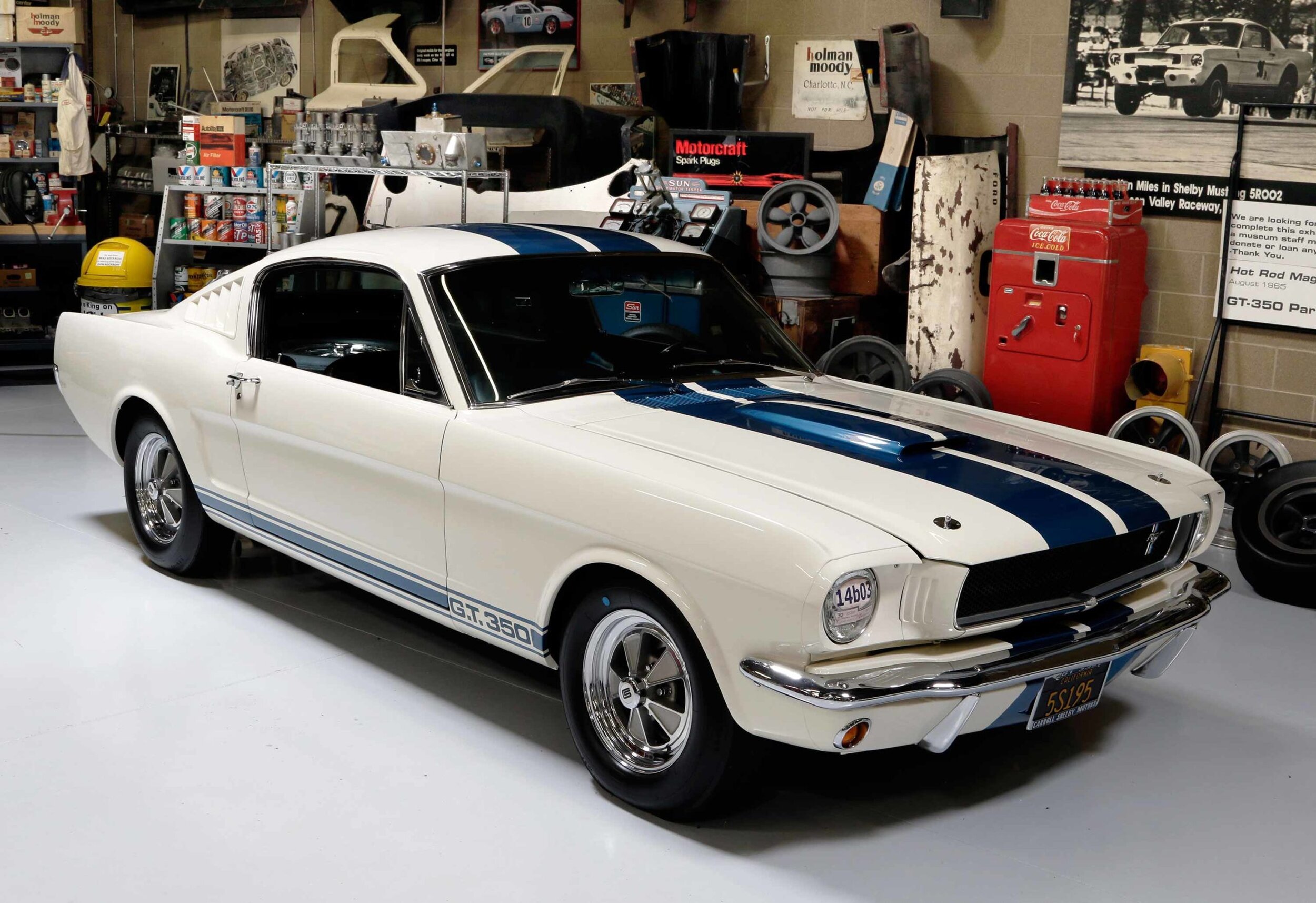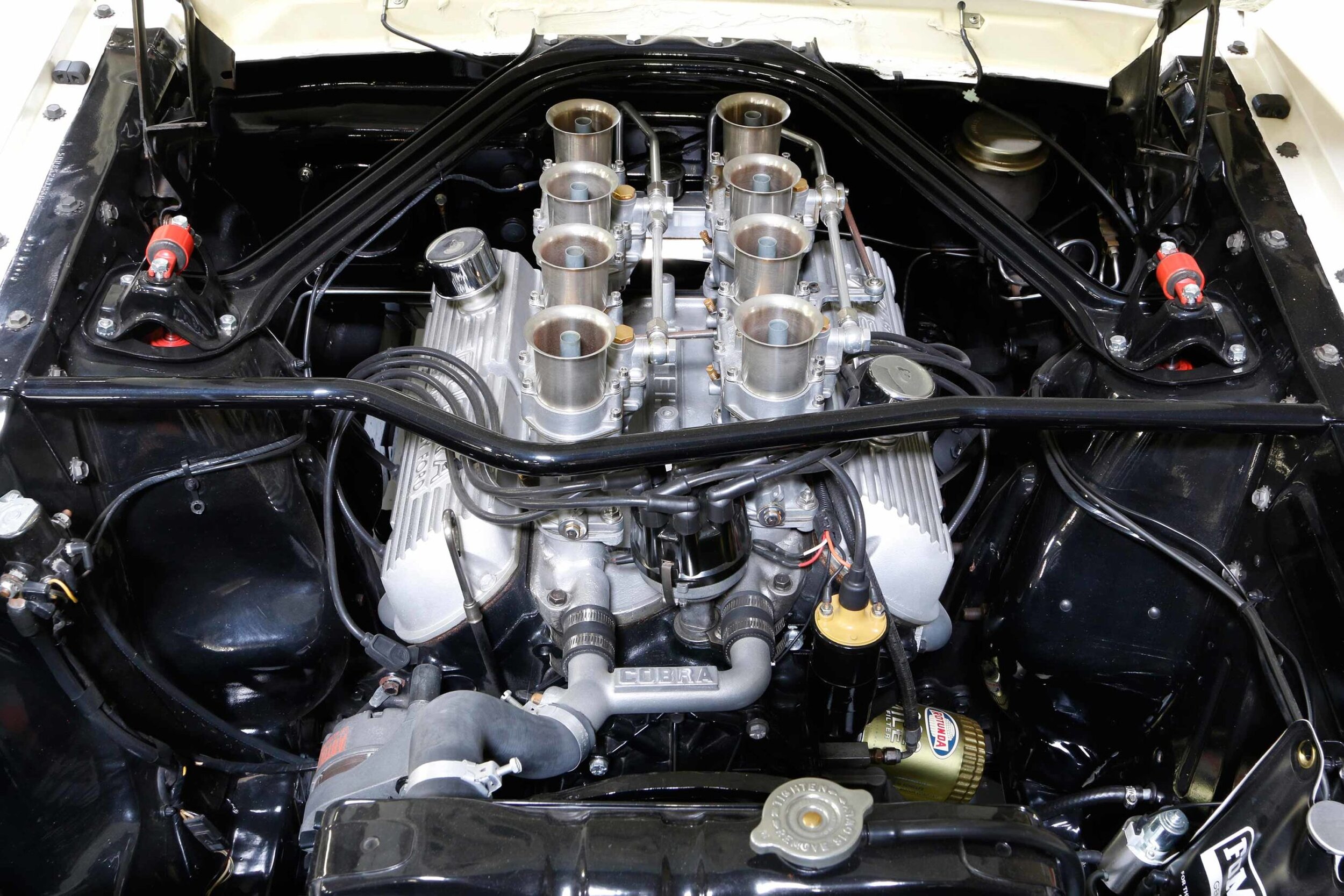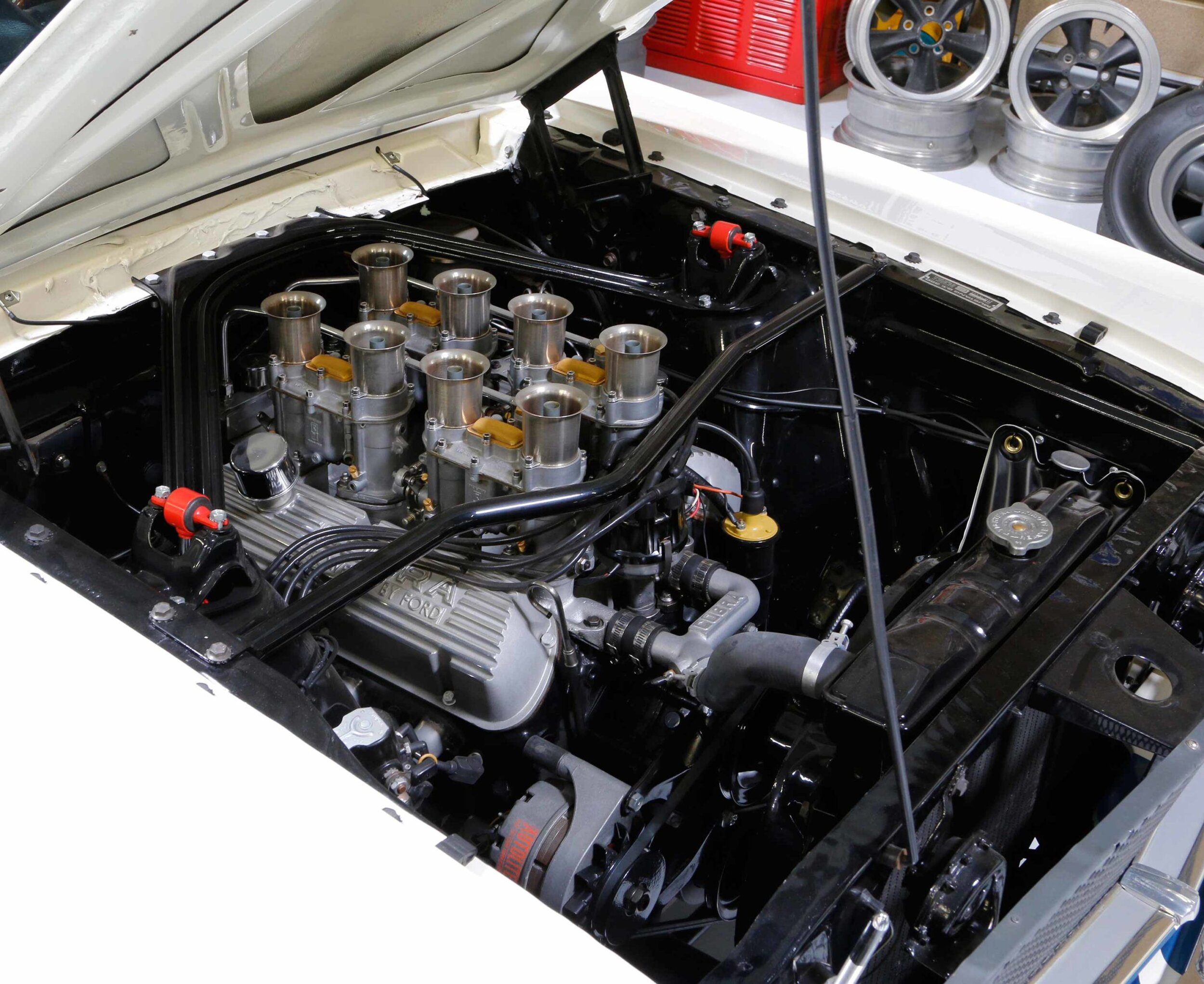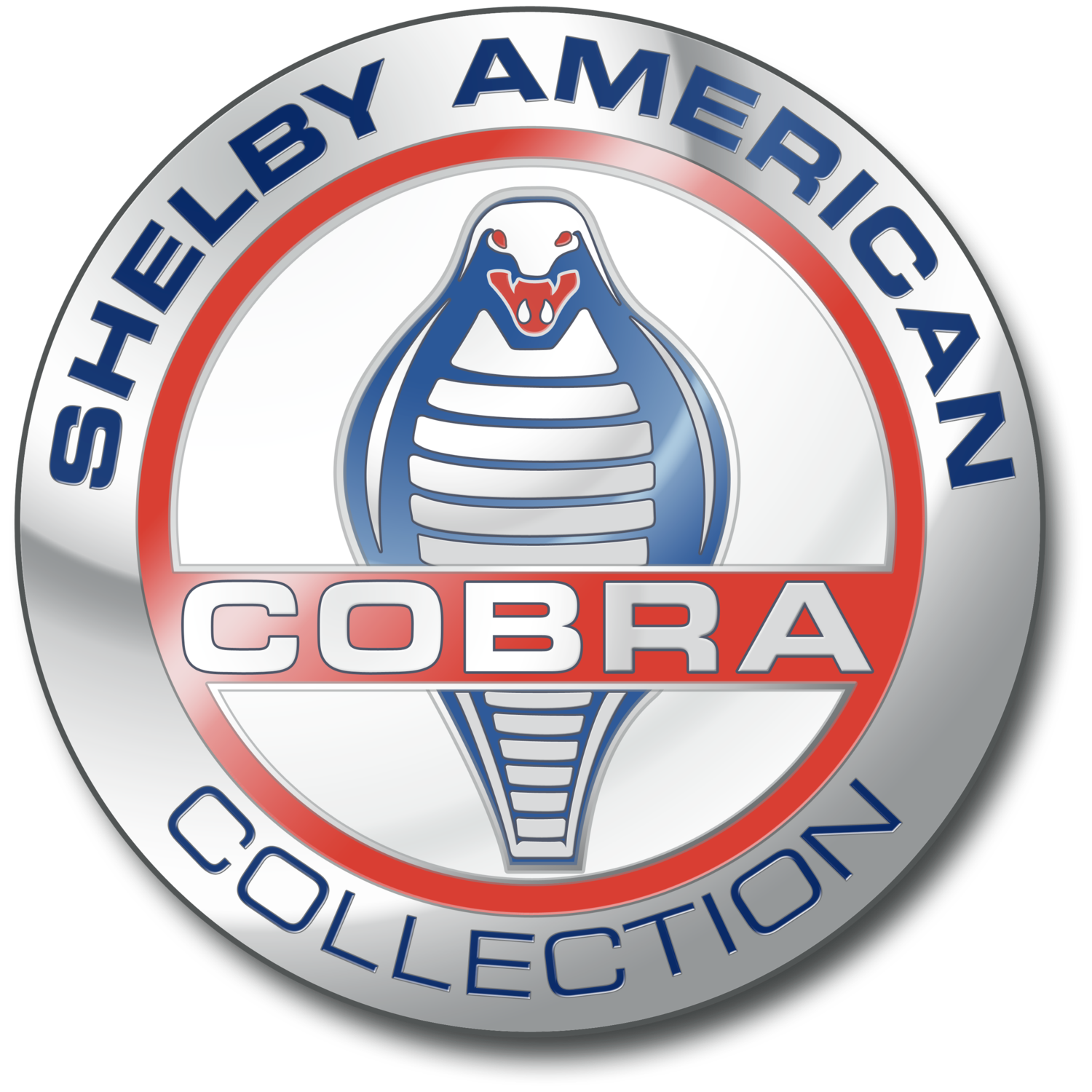1965 SHELBY MUSTANG GT350



Details & History
One of the first “pony cars” – fast and sporty (and with lots of horsepower under the hood) – was of course the iconic Ford Mustang. Introduced in mid-1964, it quickly became a best-seller. Only problem, it was considered a bit small, and lacking the full-throated power that buyers wanted. Ford’s Lee Iacocca felt that he could increase sales with more powerful engines and better handling, and in searching for a solution, he approached Carroll Shelby. Iacocca wanted Shelby to prepare and campaign the Mustang as a B Production SCCA racer (Sports Car Club of America).
Repeating his proven Cobra approach, Shelby first built 100 examples of the GT350 street model to qualify it as B Production car, then built a smaller series of racers (two team cars plus 34 customer cars). Given the go-ahead by Ford in August 1964, the Shelby American staff had only until early 1965 to develop the two models, arrange for the necessary parts to be made, and get the race cars into competition. Chuck Cantwell was the project engineer, Ken Miles did the mechanical development, and Peter Brock designed the graphics.
During the last week of 1964, Ford’s San Jose plant shipped Shelby American 110 specially built Wimbledon White fastback in incomplete form; most of their distinctive GT350 modifications would be accomplished in the Venice shop. To qualify the GT350 for SCCA production racing, as Ford had requested, Shelby had to build at least 100 street-legal examples in time for the 1965 season. For him and his busy employees, many of whom were by then deeply involved with 427 Cobra and GT40 work, developing an entirely different car for the street was far more difficult than creating a car for the track. After all, they had to satisfy not only themselves but their client, Ford Motor Company. In the case of the GT350, Shelby American was working on a production model with myriad options, and no doubt Ford was eager that these cars—aimed at a range of influential high-performance customers—would meet its usual quality standards.
Priced at $4,547, the GT350 street version differed only slightly from “R” Model, mainly in that it had a normal steel front bumper and valance, but no roll bar. Normally supplied with 15 x 5.5-inch steel wheels, the 306-hp, 2,800-lb fastback could also be ordered with 15 x 6-inch Cragar/Shelby alloy wheels. A total of 521production models were built before August 1965, when Shelby American switched over to building the somewhat softened 1966 model.
The Museum’s 1965 Shelby Mustang GT350 bearing serial number 5S195 started life as a privateer racecar, which was raced by Dr. Allan R. Allbritton in 1965 in SCCA competition at Green Valley Raceway in Texas, Lake Charles, Louisiana and Stuttgart, Arkansas. 5S195 was eventually purchased by the Ford Motor Company. Ford restored the vehicle and displayed it in their “For Racing Heritage Tour” that transported the GT350 along with a Cobra and GT40 around the U.S. to help introduce the SVO Mustang and other Ford performance products. Ford also displayed 5S195 at the Henry Ford Museum. 5S195 had Weber carburetors installed in 1996 by one of its last owners the car was featured on the cover of The Shelby American in fall of 2009.
VEHICLE DETAILS
Chassis Number: 5S195
Horsepower: 306 hp
Displacement: 8-cylinder, 289 ci (4.7 L)
Wheelbase: 108″
